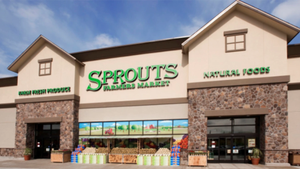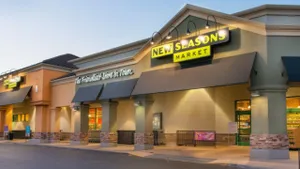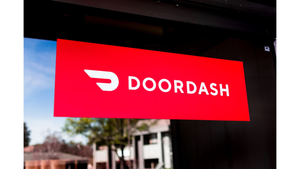Food Forum: Better buying
January 1, 2018
Perishables buyers need access to enhanced information to survive economic uncertainty and market inefficiency. By Ryan Schneider Commodity food items have experienced unprecedented price volatility in recent years. According to a 2009 survey conducted by GE Capital, commodity pricing is the greatest concern among CFOs of major food companies. Average prices across all commodity categories increased by more than 100% in 2008, with some items experiencing much higher inflation. While environmental factors have raised retail prices for specific products such as tomatoes, produce prices in general have leveled off and even slightly declined for many items in 2009 and the first quarter of 2010. According to the USDA, fresh fruit prices decreased 1.9% in February 2010 compared with the prior year and fresh vegetable prices decreased 1.4% for the same period. Yet there are signs of the economy recovering in recent months. As reported by The Food Institute, based in Elmwood Park, N.J., in March 2010 wholesale prices are up 2.5% over the previous month and 6.8% over the previous year, with the biggest jump coming from fresh fruits and vegetables. Despite these increases, retail prices for fresh produce only increased 2.9% in March 2010 over the previous year. These higher prices, combined with retailers’ and wholesalers’ inability to pass these costs on to consumers because of the recessionary pressures of weakened demand, have led to serious reductions in profitability which indicates that retailers are absorbing the increase in their wholesale prices. Uncontrollable factors such as weather and production levels will continue to alter product availability and pricing. These supply factors, along with more pronounced cuts in consumer spending, will continue to depress margins and wholesale price volatility will continue to be an area of scrutiny for food retailers. The inefficiency of the perishable market as it currently operates is trying for buyers, many of whom use phone, fax or email to purchase up to 300 items in more than 30 categories from more than 200 vendors, each using different formats and product descriptions. The typical fresh food order changes an average of four times from initial purchase order to final invoice. Prices can vary up to 26% for the same exact item during the same buying period across nationally recognized produce suppliers. The laborious and error-prone manual processes buyers currently employ, combined with a lack of coordination among the vast number of growers, suppliers, distributors, brokers and wholesalers, makes it nearly impossible for buying organizations to sufficiently understand the market-clearing price for produce commodities and thus minimize their cost of goods sold (COGS). In addition, the dispersion of growing regions and distribution center locations prevents buyers from aggregating their total perishable food demand, which reduces potential volume discounts and makes it difficult to implement efficient sourcing strategies. How can an organization successfully navigate the complex opportunity to reduce produce costs and manage the perishables supply chain more strategically in order to serve customers more profitably? There are several ways. For example, the FoodLink Online purchasing platform offers a “price discovery” tool that improves communication and transparency between buyers and their trading partners. Price discovery allows buyers to access price quotes for all perishable food items from local and nationally accredited vendors. Pricing information is presented in a buying guide according to the buyer’s preferred format, enabling side-by-side quotes from all suppliers for every commodity purchase. With approximately two-thirds of all produce items being commodities (green vegetables, stone fruits, grapes, etc.), the potential savings can make a substantial impact on margins. Extensive real-world experience among FoodLink Online customers has shown that using this tool can lead to a reduction in COGS of between 5% and 8%. FoodLink Online streamlines the entire order process, from purchase order creation to order change notifications to Advanced Ship Notice (ASN) reconciliation—leading to invoice match rates on average of 95% or higher and creating a win-win for buyers and sellers. By automating repetitive replenishment tasks, FoodLink Online frees up time for experienced buyers to concentrate on more value-add activities such as category management and strategic sourcing—which are vitally important to be successful in this volatile and uncertain market. Ryan Schneider is vice president of marketing and business development for FoodLink Online, based in Torrance, Calif. He has been a presenter at FMI-sponsored events and guest lecturer at various graduate school programs. For more information, visit www.foodlinkonline.com.
About the Author
You May Also Like




